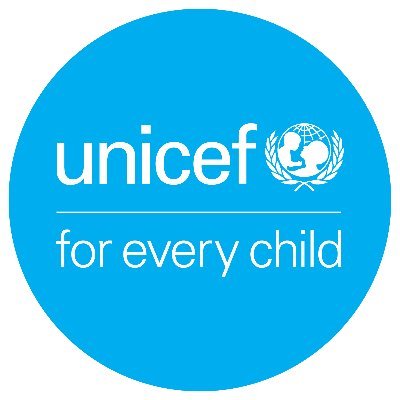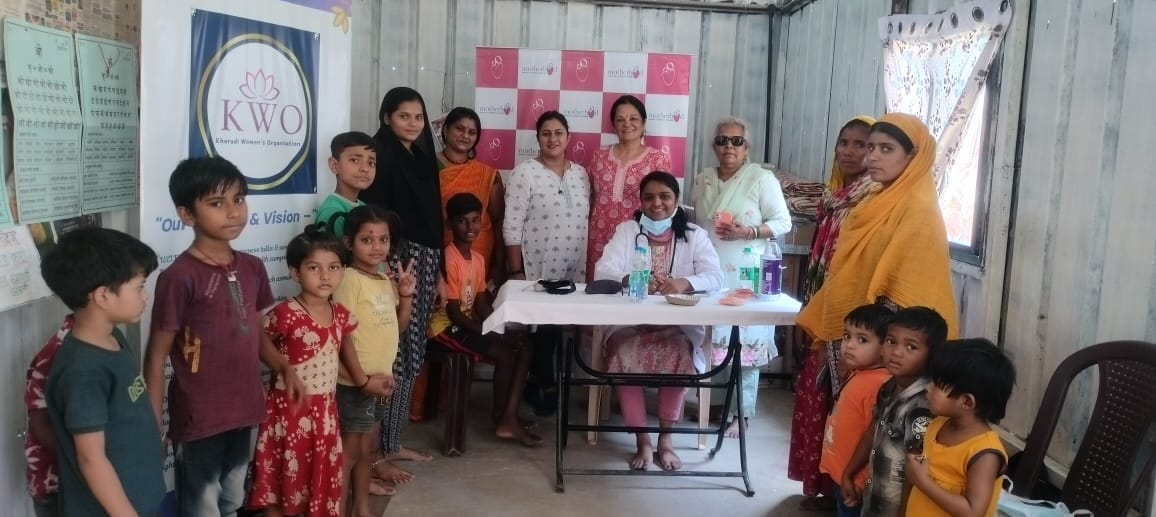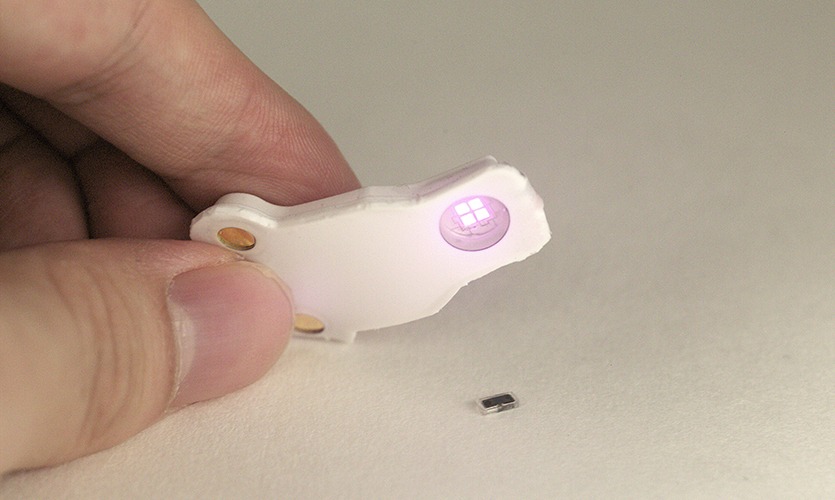Rise in School Dropout Rates of Girls in India Pose an Alarming Situation: says UNICEF India
As COVID-19 cases continue to reduce, schools across India have reopened. Over the past two years schools had to close and reopen several times due to repeated waves of the pandemic, causing major disruption in

As COVID-19 cases continue to reduce, schools across India have reopened. Over the past two years schools had to close and reopen several times due to repeated waves of the pandemic, causing major disruption in the education of millions of children. At the peak of the COVID waves with school closures, 247 million children were affected in India. According to the Unified District Information System for Education Plus (UDISE+) 2020-21, the annual dropout rate for secondary level education was 14.6 per cent.
India’s digital divide also affected children’s access to learning remotely when schools were closed. Vulnerable children have suffered the most as they were less able to access remote learning.
“With the current situation, we might be risking a lost generation of children who may never return to school. The impact on girls is disproportionately worse,” said Yasumasa Kimura, UNICEF India Representative a.i.
UNICEF’s U Report poll, conducted on International Women’s Day this year, showed that at least 38 per cent of respondents knew of a girl who had dropped out of school. While 33 per cent youth respondents said that the girls who had dropped out were engaged in domestic work, 25 per cent reported that the dropouts had got married. “This is indeed a matter of grave concern. It is critical that we work towards transitioning all children back into learning. UNICEF is supporting the Government of India in back-to-school campaigns, awareness and outreach initiatives and learning recovery programmes at schools and in the communities. We must not only bring children back to school but also focus on putting strong remedial learning initiatives in place to ensure retention and continuity of learning,” said Kimura.
In 2021, UNICEF India provided technical support to the government and partners to help 15.5 million children (50.5 per cent girls) in 17 states to continue learning from home. Prior to the third surge of the pandemic outbreak in India, most state governments had begun preparing for the reopening of schools with technical guidance provided from the Ministry of Education to which UNICEF contributed.






